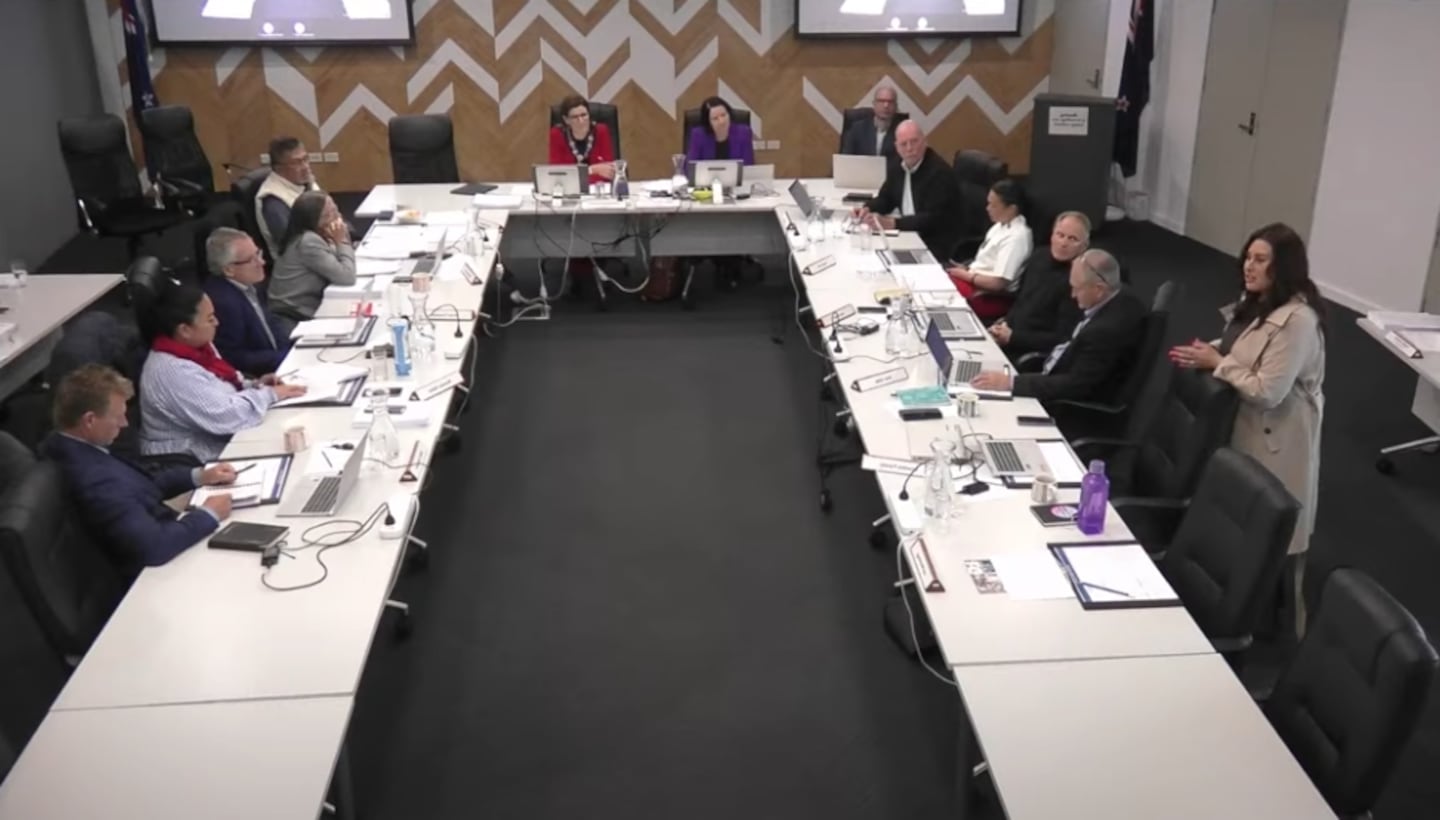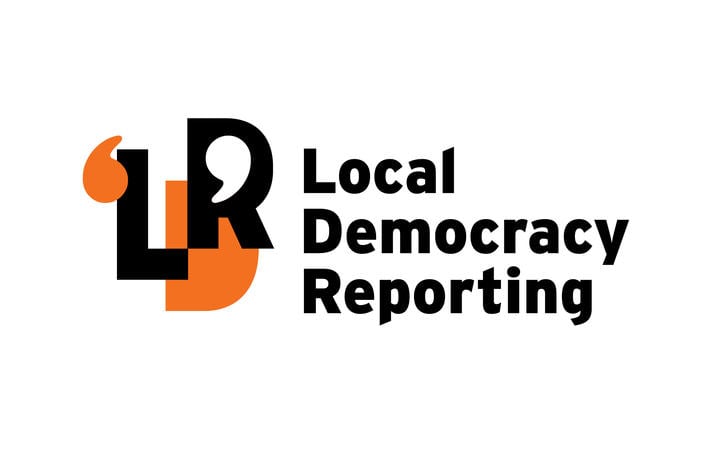Gisborne District Council has approved a plan to investigate the return of ancestral land to Ngāti Oneone, despite some concerns that it should be more “broadly applied”.
At a council meeting on Thursday, as a statement of intent was adopted, Mayor Rehette Stoltz commended councillors “for being brave and being wise and having their taringa (ears) open” to Māori ward councillors who brought a new perspective.
Hapū Ngāti Oneone have spent more than 100 days taking shifts to keep a fire burning as part of their “reclamation of whenua” movement.
Since a hīkoi on May 5, Ngāti Oneone have been calling on the council, Trust Tairāwhiti and Eastland Port to return ancestral lands not used for core business.
Council staff have been working with Ngāti Oneone to prioritise eight parcels of council-owned land within Ngāti Oneone’s identified tribal rohe of Kaiti, for the hapū to potentially purchase at value.
Speaking to a packed chamber on Thursday, Samual Lewis of Ngāi Tāwhiri referenced Native Land Court rulings in the late 1800s, identifying the area of Puhi Kaiti as an area of interest for Ngāti Oneone, Te Whānau-a-Iwi and Ngāi Tāwhiri; a hapu of Rongowhakaata.
“This is part of our shared history in puhi kaiti, and it is important that this too is recognised in the council process.”
Ngāti Oneone had visited Ngāi Tāwhiri during a hapū hui, and it was agreed to work together, he said.
They supported Ngāti Oneone and their request for the council to investigate the identified parcels of land, and supported the council’s considered approach.
However, when asked whether the council had consulted widely enough to adopt the statement, he replied, “The statement of intent needed to be more broadly applied”.
“For the council to proceed with a manawhakahono ā rohe in this rohe, Ngāi Tāwhiri must be invited and must be included. Anything less would not only be a breach of statute, it would be a breach of tikanga,” he said.
“All we seek is that the same door that has been open for others is also open for Ngāi Tāwhiri.”
During the council meeting, Councillor Colin Alder expressed disappointment that this had arisen so late in the process.
“We’ve had 100 days to investigate this. We sit at the table of our democracy, and to see this happen is a suggestion that our democracy is not working.”
Council chief executive Nedine Thatcher Swann said the statement of intent agreed on a process to work towards what could be a transfer, or co-governance.
“We are focused on this because this is what Ngāti Oneone brought to us.
“This is the follow-up step to an agreement to commit to the process and step into this space with Ngāti Oneone, recognising that there are other interests that the council will need to work through,” she said.
The meetings report acknowledged that other hapū may also express interest in land parcels within the rohe.
Council will ensure those relationships are engaged fairly and equitably “as per Council’s statutory obligations,” read the report.
Stoltz asked Te Aitanga a Mahaki lead negotiator, Willie Te Aho, who was sitting in the chambers, to speak.
Te Aho, who was there on behalf of Ngāti Oneone, had also been the former lead negotiator for Rongowhakaata.
“I know the Rongowhakaata settlement through and through,” he said.
Rongowhakaata settled in 2012, and there has been an opportunity for Ngāi Tāwhiri to advocate its position for 13 years, and to provide its perspective on the statement of intent since June, he said.
Māori ward councillor Rawinia Parata pleaded with the council not to delay in its decision, “whenua is not clear cut,” she told her colleagues.
If there is one thing the Government is good at, it is creating delays in hopes that iwi and hapū give up, said Parata.
Ngāti Oneone have been sitting out in the depths of winter for 100 plus days; “It’s freezing,” she said.
“It’s not the business of the council to determine whose land is whose. That’s not our business; we need to stay in our lane,” she said.
Māori ward councillor Aubrey Ria said she was descended from all three hapū that relate to the whenua, and is very active in her Ngāti Oneone side.
This showed the complexities involved in whakapapa, she said.
“By holding one hapū back because the council is worried and is not willing to pursue their own relationship with another hapū... is a crock.”
Councillor Larry Foster had initially said he wanted to wait until there was further investigation with Ngāi Tāwhiri, as he was “a bit uncomfortable” moving forward with the statement in light of the deputation from Ngāi Tāwhiri.
Towards the end of the meeting, he thanked his Māori ward colleagues for “enlightening him on the subject” and said it showed “the importance of Māori ward councillors to this council.”
Last week, Trust Tairāwhiti and Ngāti Oneone signed a Kawenata (Statement of Intent), which included a commitment to an enduring relationship between the trust and hapū, to transfer specific titles to the hapū on Hirini St, as well as funding to support hapū-led initiatives.
Trust chair David Battin thanked Ngāti Oneone for its patience in a statement.
“For the Trust, this is not about settling historical grievances. It is about living our commitment to Te Tiriti o Waitangi through He Rangitapu He Tohu Ora,” said Battin.
The eight parcels prioritised for potential purchase in the council’s statement of intent include:
- Three lots opposite the marae on Ranfurly St (designated as a recreation reserve). It will be acquired via land swap with the Port.
- Gisborne Yacht Club site 89 (Kaiti Beach Rd)
- 8 Titirangi Drive (acquired via FOSAL Category 3).
- Three lots on Cambridge Terrace (designated as a recreation reserve).
Local Democracy Reporting is local body journalism funded by RNZ and NZ On Air
Amendment: A section of this article describing Samual Lewis’s deputation to the council has been edited for clarity.




